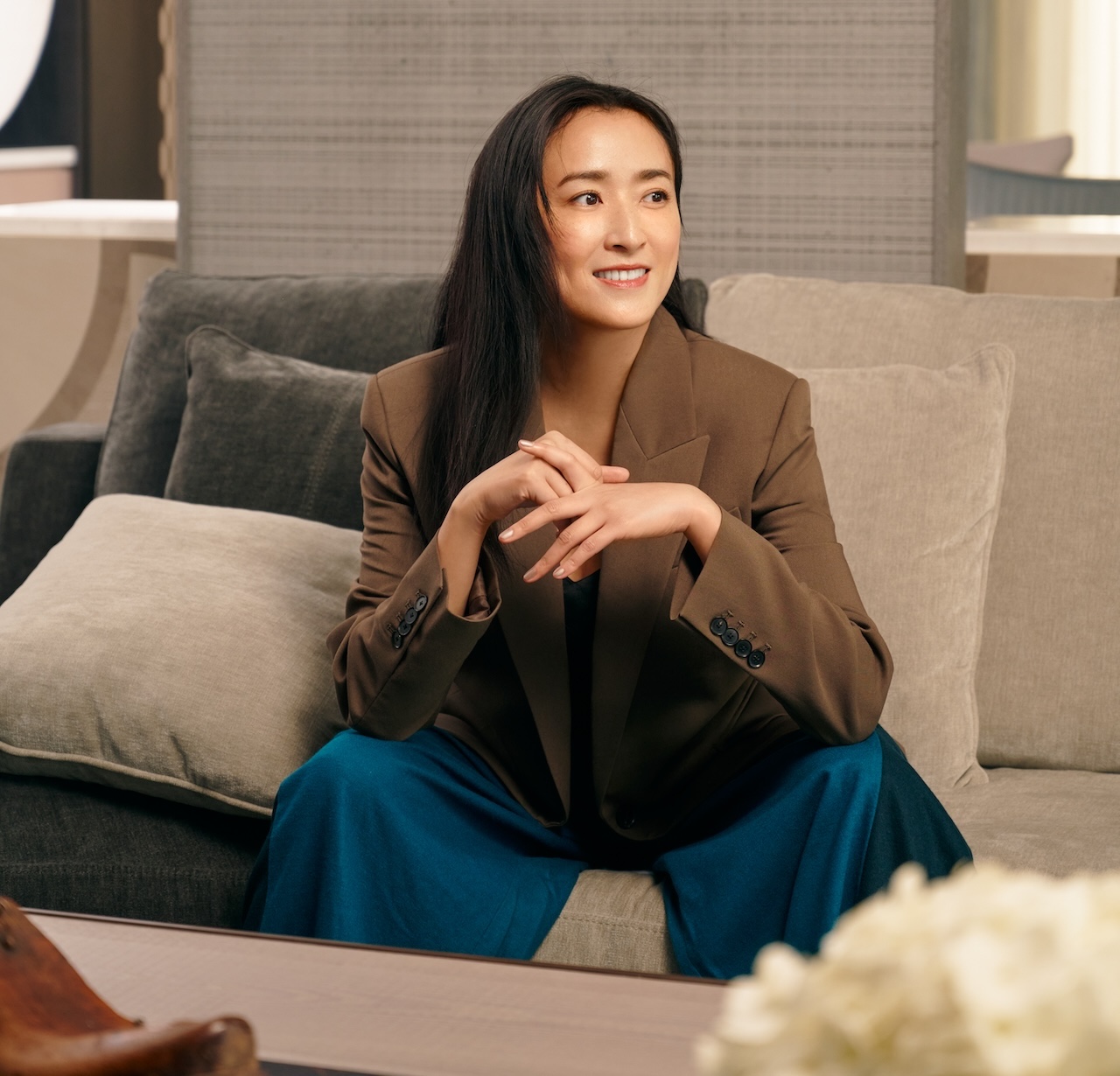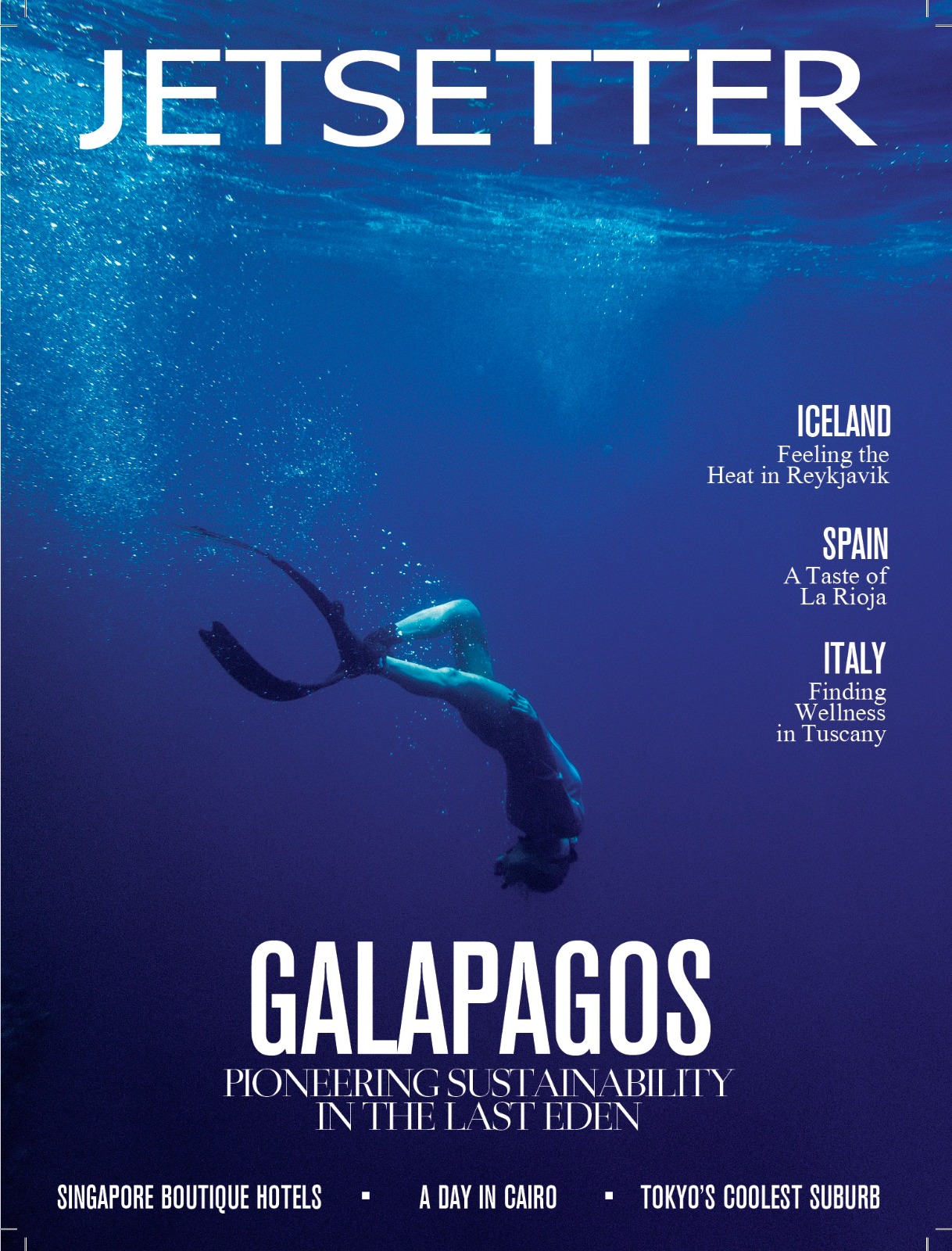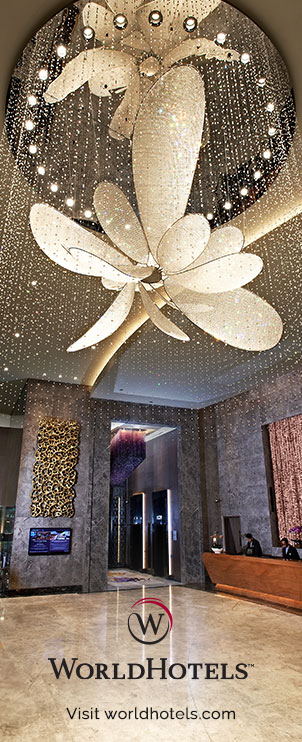

Designer Celia Chu, whose recent projects include Rosewood Bangkok, says there’s a thirst for the avant-garde alongside eco-conscious builds right now.
Celia is the principal figure and visionary in her design firm, Celia Chu Design, where she creates elegantly contemporary hospitality and upscale residential projects with a flair of sophistication and layered richness. Inspired by her passion for art and design, Celia combines practical functionality and her unique expression in design sensibilities to form a holistic approach to all her projects. Born and raised in Taipei, Celia has always been immersed in the creative arts, and this fascination with art eventually led her to pursue further education in New York City. After graduating from the Parsons School of Design, Celia has designed many award-winning hotels, restaurants, spas, service apartments and clubhouses in a wide variety of international locations.
READ: You’re Going to Love These Boutique Vancouver Hotels
Your work encompasses hotels, residences, and restaurants. Do you approach every project differently?
One of the standout moments was creating two very individual private residences. We were fortunate to collaborate with clients who were avid fans of ours, having experienced the Rosewood Bangkok. While residential projects often demand swift turnarounds, the client’s trust in our vision and the relaxed timeline enabled us to integrate our designs into every facet of the construction process.

What were some of the highlights of 2023?
Every project, whether a private residence or a hotel, has a distinct purpose. Hotels and restaurants have a unique DNA, while private residences depend on an individual’s taste. Despite the differences, there are similarities, and I enjoy adding layers of complexity.
You like to immerse yourself into the local community on any project you’re working on. How do you do that?
If I were to highlight a project that exemplifies the immersive design philosophy, the Rosewood Bangkok (below) springs to mind. From my numerous visits to Thailand, I noticed that each household had a unique wooden pattern board in their foyer, so I added one at the front desk. This combines with the adjacent white marble to showcase a blend of ancient and modern aesthetics and brings warmth to the reception.
Another noteworthy project is the Hyatt Regency Danang Resort and Spa. In 2015, during a trip to Danang, I was struck by the circular-shaped fishing boats. Some were overturned on the beach; others had just been pulled ashore. This became the inspiration for the hotel’s outdoor furniture design, with boat-like benches on the terrace.

What drives you as a designer?
I want to promote the principles of sustainable development and create projects that foster a healthier environment without burdening the planet’s resources. While it remains challenging, primarily due to the scarcity of environmentally friendly designed products and resources, we are still committed to creating more sustainable design works.
In addition to sustainability, I’m driven to create living spaces that offer a heightened sense of breathability by blending indoor and outdoor spaces so we can better merge with the natural environment and explore how residential environments can provide a sense of connection and rejuvenation.
READ: What Went Wrong on This Emirates Flight From Bali?
You began your design career in New York. What do you remember about those early days and how did it shape your approach to design?
New York City has always been fascinating to me. The city’s vibrant energy comes from its diverse population and many of my friends in New York hail from different countries. In my student days, when I didn’t have much money, I’d go window shopping, and while walking on the streets with my friends, we would chat, sometimes sing and stop at bars for a drink. I explored different areas of the city with friends from Asia, Europe and the US and still draw inspiration from these trips.

You’re based in Taipei. What is your favourite architectural landmark in the city?
I’m drawn to designs that carry historical significance and possess deep cultural roots. Take the Futai Street Mansion in Taipei’s old town for instance, which is one of the city’s earliest surviving folk architectures. The choice of materials, especially the incorporation of local Taipei Qilian stones, adds a unique charm to the structure. Its exterior design, echoing the elegance of the European Renaissance style, further enhances its appeal. Given Taipei’s limited preservation of original buildings, this mansion really stands out.
READ: Island Shangri-La Unveils New Family-Friendly Luxury
What architectural trends are you noticing for the year ahead?
We’ve noticed a distinct trend in the architectural landscape showcasing a dichotomy in design approaches. Many of our ongoing projects involve high-rise buildings. Those lean towards the avant-garde, with towering structures that make bold statements in the urban environment. We’ve also observed a growing interest in projects that seamlessly blend with nature, which emphasise sustainability and ecological harmony.
































